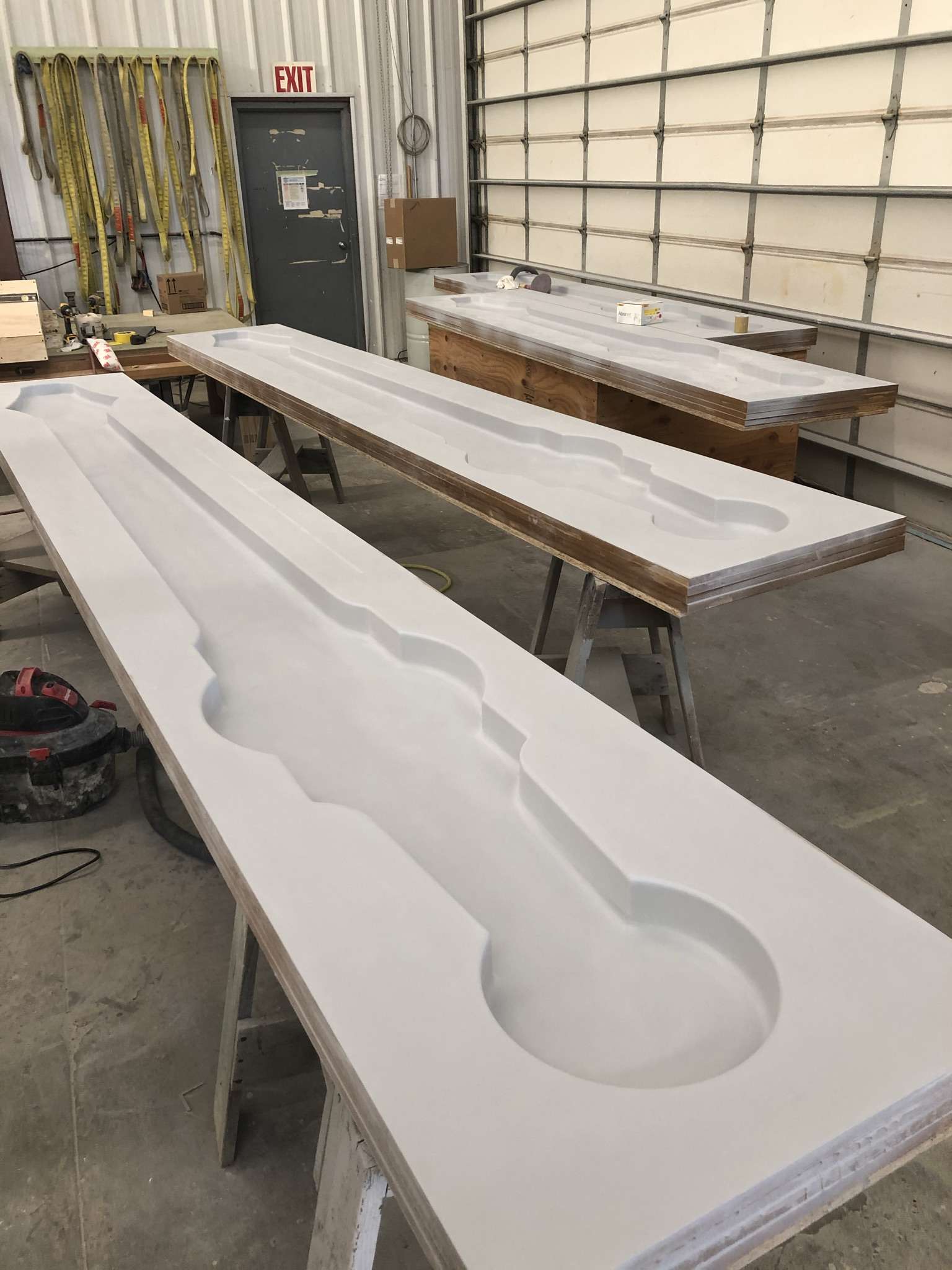
Thomaston composites firm makes clock hands for Boston custom house
 Courtesy / Lyman-Morse Technologies
Lyman-Morse Technologies made new but historically accurate carbon fiber clock hands for Boston’s Custom House Tower.
Courtesy / Lyman-Morse Technologies
Lyman-Morse Technologies made new but historically accurate carbon fiber clock hands for Boston’s Custom House Tower.
Lyman-Morse Technologies combined its custom composite capabilities with precision fabrication technology to create historically accurate clock hands for Boston’s landmark Custom House Tower.
The firm is a division of Lyman-Morse Boatbuilding in Thomaston.
It was contracted by Knollmeyer Construction Corp. in September to build five sets of clock hands by December, according to a news release.
The four-side clock is part of the large tower atop the Financial District’s Custom House building, whose original structure dates to 1847.
The 495-foot tower and clock were added to the building in 1915-16. For years it was Boston's tallest building, before it was surpassed by the Prudential Tower in 1964.
The contract was to build four sets of minute and hour hands for the four clock faces, plus a spare set.
Waterlogged hands
Requirements included weight restrictions, stiffness and weather-resistance. It also needed to be historically accurate, requiring a Boston Landmark Commission-approved gold finish.
The original hands were made from birch, but were rebuilt in fiberglass in the 1980s, Andy Smith, vice president of Lyman-Morse Technologies, told Mainebiz.
After the firm was selected for the job, a team from Knollmeyer visited, bringing birch and fiberglass hands with them.
The fiberglass laminate had started to deteriorate and the hands were becoming waterlogged, he explained.
“When you’ve got a 13-foot hands and it starts to get waterlogged, it adds a lot of strain to the mechanism,” he said. “The clock would periodically give up and say, ‘I can’t do this anymore.’”
The goals were to reduce the weight of the hands and make them watertight.

“We do that well because we’re a boatbuilder,” Smith said.
Precise interfaces
The 1980s job had deviated from the original design.
“We reverted back to the original early 1900s design for the geometry,” Smith said. “Ours are more historically correct than the last set.”
It was also essential to get the interfaces right with the existing clock mechanism, he said. “There was a lot of detail that needed to be just right."
For example, the minute hand fits onto a slightly tapered shaft on the old clock mechanism.
“So we had to match the tapered shaft to the hub that we made to fit into the minute hand,” he said.
The precisely fabricated hub allows the minute hand to slide onto the clock mechanism; it’s then secured in place.
The hour hand had a component fitted with a thread dating back to the early 1900s.
“It’s a thread that doesn’t exist anymore. So instead of changing that, we used the old hardware from the hour hand and fitted it onto our hour hand so that we didn’t have to worry about cutting a thread that was obsolete.”
Infused carbon fiber
The hands were made from carbon fiber laminates infused with epoxy resin, which has a strength-to-weight ratio that’s much better than fiberglass, according to Smith. The materials and process for making the hands were much like those used for boatbuilding. It involved making 3D drawings in a computer-aided design program, using specifications from the original birch hands.
The drawings were used to program a computer numerical control cutting machine to cut molds for the hands. The machine has a cutting tolerance of just a few thousandths of an inch, Smith said.
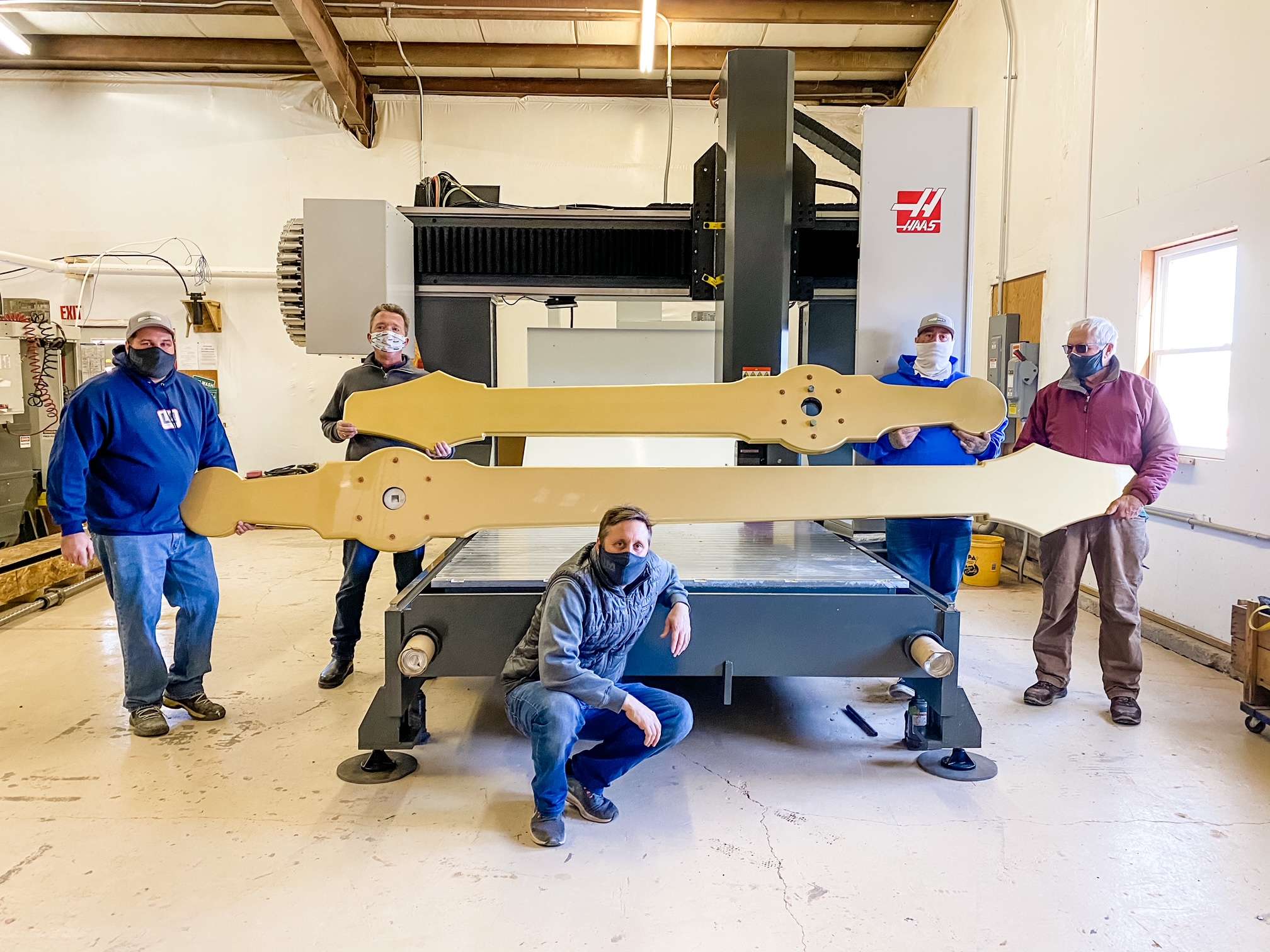
Carbon fiber cloth is layered into the molds and resin is infused into the carbon fiber using a vacuum bagging process. Due to the tight production window, two sets of molds were created to speed up the production process.
The hands were delivered December 10.
Lyman-Morse Boatbuilding President Drew Lyman, a Mainebiz NEXT List honoree, has previously said that innovation and diversification are key to keeping pace in an industry vulnerable to economic ups and downs. The company has invested in a computer numerical control machine, plasma cutter and 3D printer and balances its boat-related operations with work outside the boating industry, through Lyman-Morse Technologies, Lyman-Morse Fabrication, and Wayfarer Marine in Camden.


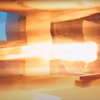
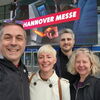
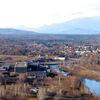









0 Comments